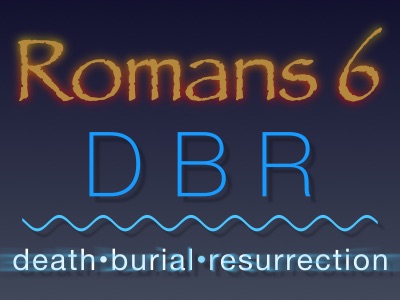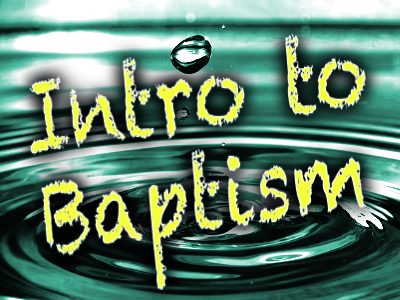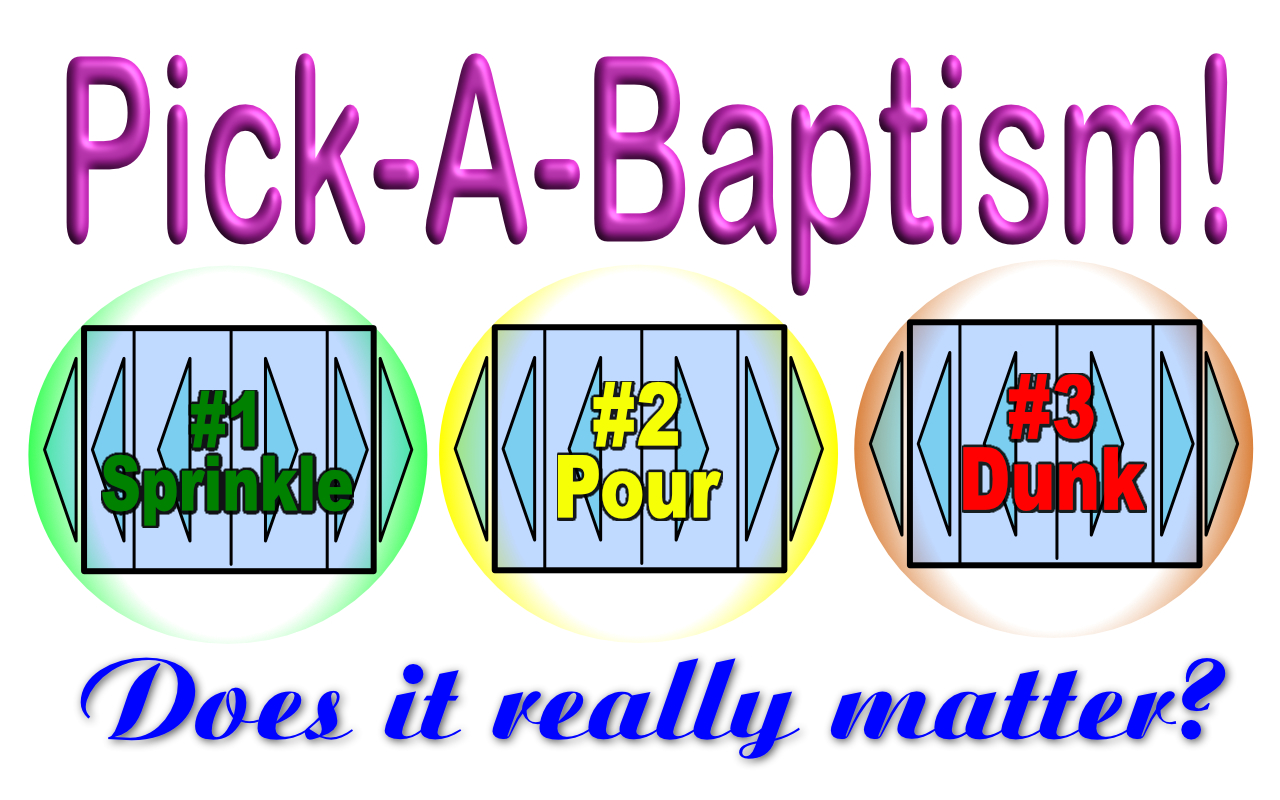
During our last podcast about Romans 6, we saw that baptism is a participation in the death, burial and resurrection of Jesus Christ. This is the final step of faith a person takes who is ready to completely surrender their life to the Lordship of Jesus. To be sure… baptism is an act of faith, it is not a human work.
In this podcast, let’s take a look at Colossians 2:11-13. Here, we will see the forgiveness of sins referred to as a “circumcision.” This scripture, probably more than any other, leads people to the erroneous conclude baptism is “like” circumcision or there is some kind of metaphorical link between baptism and circumcision. We’ll talk about that shortly. Now, let’s listen to…
Colossians 2:11-13
“In him you were also circumcised, in the putting off of the sinful nature, not with a circumcision done by the hands of men but with the circumcision done by Christ, having been buried with him in baptism and raised with him through your faith in the power of God, who raised him from the dead.
When you were dead in your sins and in the uncircumcision of your sinful nature, God made you alive with Christ. He forgave us all our sins…”
Clear and Simple
Honestly, this scripture is pretty straight forward. First of all, it is about baptism (among other things) and it specifically uses that word. Notice, Paul is talking to people who have previously experienced everything he is about to review. It has already happened to them. This entire passage is written in the past tense. So, what happened?
First, they were circumcised. Ok, so… What, when, where, why and how? What did this circumcision do? What was the effect? Who does it? How does it happen? Paul said it, “put off the sinful nature”… it cast off their sins. Was this a physical circumcision? No. It is a spiritual circumcision. Who does the circumcision? It is “done by Christ” not by human hands. This is how we know it can not be a physical circumcision because Jesus was not physically there. Is this a symbolic circumcision? No. It is something Christ really does to the obedient believer. At the exact moment it happens, sins are forgiven.
Click here to read the rest of this post.Podcast: Play in new window | Download (Duration: 9:19 — 7.5MB) | Embed









